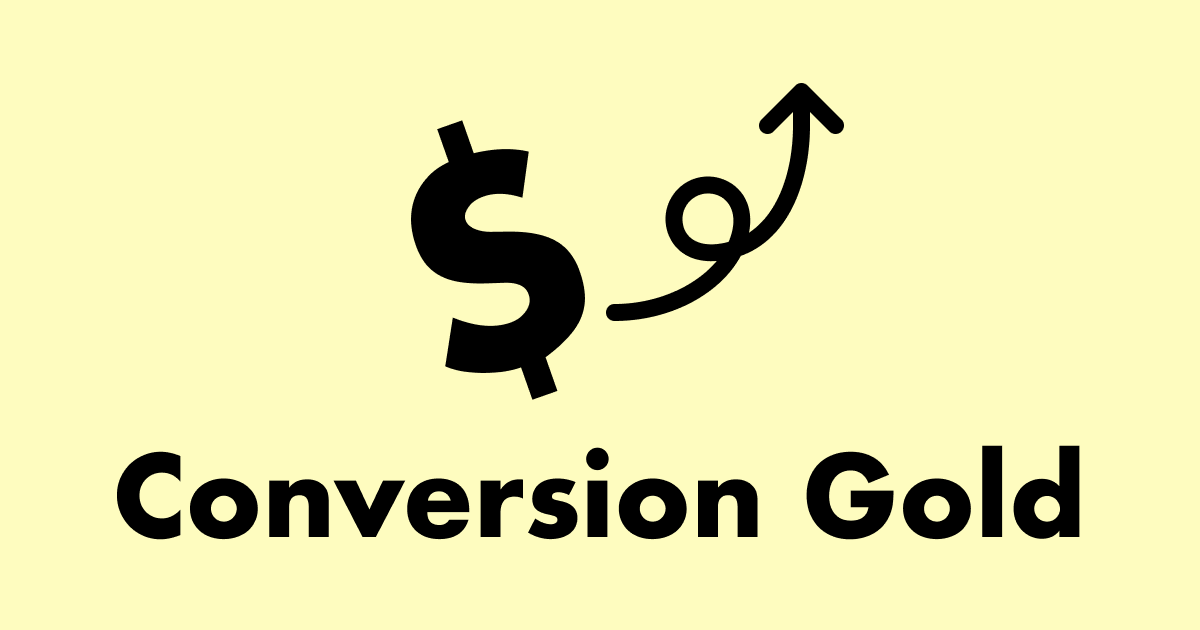Based on the hint above, you might begin thinking about which type of context I’m talking about. The answer is, of course, all of the contexts.
Here, I’ll enumerate a few for you:
- What is the context of the users visit? If I’m arriving at your site from an email newsletter you’ve sent me, does it make sense to show me a newsletter signup popup that I have to dismiss before I can complete my task?
- What is the context of the session so far? What other pages has this user seen, and where are they in their customer journey? Often I find that certain pieces of information that are crucial to completing a transaction simply aren’t relevant to users early in the customer journey, yet they’re prioritized over other, more context aware content.
- What is the context of the content? Are we presenting the user with information that helps support the proper decision at the proper time, or are we offering information that sends users on side quests that they may never make it back from?
Thinking About Thinking
These are critical factors for very serious thinking. They apply to all pages, and all pieces of content on those pages. They also apply to the larger context that your website and brand are delivered in.
If you’ve been working on your site for any length of time, you’ll find it really difficult to release your built up experience and learn to view the site with beginners eyes. I’ve often found it helpful to get some new eyeballs to give me feedback to help kick my brain into that gear. This is one of the most impactful and rare skills that you can nurture, by the way, to be able to see websites as our customers see them.
I’ve been guilty of building bad context more times than I can count. And I should know better. You’ve done it too, I promise. So, how do we end up building bad context in the first place?
The most common thing that I have seen, after watching thousands and thousands of user testers, i.e. real people on real websites, is that we, the business, tend to build websites with our own interests in mind. We want to tell everyone about everything that we’ve done. We think the features are the most important part, and hey, also check out the sale on this slightly-related product that you’ve shown no interest in yet. We often err on the side of providing too many add on options, or too many related products. Just in case.
Move from Just in Case to Just in Time
The trick is to build websites for the users that use them.
Grab a piece of paper and pretend that you’re back in the real world, pre-internet. You’re selling an equivalent of whatever is that you’re selling, and you’re speaking to someone vaguely interested in the product category.
What information would you present to this person, and when? You’ll have to make some hard decisions and implement a real priority ranking system, because you can’t say 15 things at once. It’s impossible. Exactly like it is on the Internet, too.
Let this activity inform your website flow. Identify the primary acquisition channels, and map out the user journey (starting with before the user ever gets to your site, of course). Write down the SINGLE most important piece of information to communicate at each step. Now go and see how well your website matches this.
Don’t Rely on Users to Make Decisions Because You Can’t
Given almost 20 years of doing conversion rate optimization in one form or another, I’ve identified a series of often repeated mistakes. This is one of my favorites.
The reason that so many of us include so many things on every page is because we can’t make a decision. So, instead, we’ll rely on our users to make that decision for us.
Can’t decide which couple of testimonials to show? Why not show them all? I promise you that if you have more than about 5 testimonials, users will absolutely not read all of them. So that tells me that there’s at least a few that don’t need to be there. The ones that remain will be read more often. It’s one of those uncanny contradictory laws of human nature. Less text means more of it gets read.
Can’t decide on which marketing video to include? Why not include all three and let users pick. The only way I’d include all three videos, for example, is for that brief time that I have no data on which one users interact with the most.
Something very interesting happens when you flip the switch from thinking about “what can I add this to page to get users to buy” to “what can I remove this from page to get users to buy”.
You’ll be forced to make some difficult decisions, and you’ll be creating a more deliberate, intentional website that represents the needs of users, not the business. I’ve never seen this fail. Not once.
Resources and Case Studies
The first resource I’d like to call attention to covers key stages of the user journey. Hint: they’re not what you think.
The Peak–End Rule: How Impressions Become Memories
Cognitive biases change the way that we recall past events. The peak–end rule focuses our memories around the most intense moments of an experience and the way an experience ends.
I reference this next one often. It’s kind of the crux of some of the research I have done (and presented) on how using context awareness can help offset initial rejections, and instead, help build enough trust and authority to support a transaction.
Prominence-Interpretation Theory
Web credibility is a field of research that emerged in the late 1990s, when the web became mainstream. In 2002, BJ Fogg and his team at Stanford University ran a study in which participants were presented two different sites to use. Then, participants were asked to vote for the site they felt was most credible and explain their vote. Their comments were then coded into categories, such as look, structure, and focus.
Prominence-interpretation theory suggests that people determine a site’s credibility by judging prominent attributes of the site that grab their attention.
This theory has two key components:prominence and interpretation. Prominence refers to those salient elements of the site that stand out and that the users are likely to notice. Interpretation refers to how people judge those elements. For example, a colorful animated banner ad will be very easily noticed (prominent) and people may judge the site credibility based on it (e.g., by assuming that the site should not be trusted because it has obnoxious ads).
The theory goes on to posit that if either prominence or interpretation do not happen, users won’t be able to judge the credibility of the site.
Another vote (and study) that supports the less is more thesis of having a subtraction mindset vs an additive mindset.
Simplicity Wins over Abundance of Choice
An excess of choices can lead to fatigue and can make people feel dissatisfied with the experience, or even worse, abandon the process altogether. Not only do we feel mentally exhausted when we have to compare too many options, but also, once we’ve decided, we are often left over with a nagging feeling that they missed something important.
Adding marginally useful features to a product can result in overly complicated rather than desirable interfaces. The paradox is that consumers are attracted to a large number of choices and may consider a product more appealing if it has many capabilities, but when it comes to making decisions and actually using the product, having fewer options makes it easier for people to make a selection.

